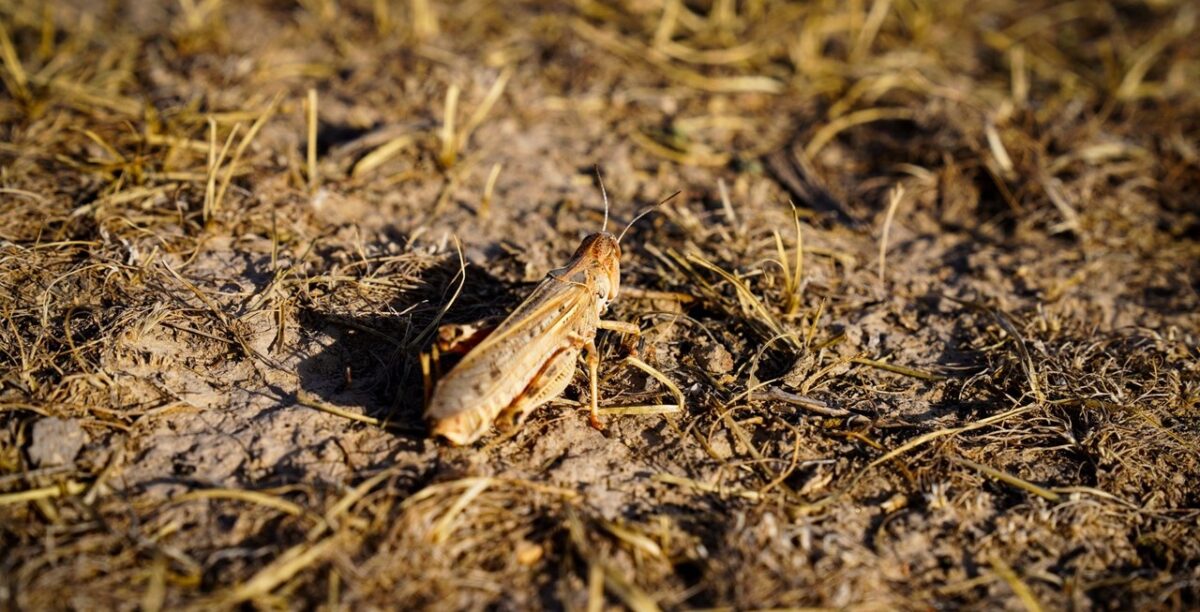The chamber of agriculture and livestock of Afghanistan has warned that locust swarms in northern provinces could cause significant damage to the country’s agricultural sector.
The locusts, identified as Moroccan locusts, have already caused widespread damage to wheat fields in Badakhshan, Badghis, Baghlan, Balkh, Kunduz, Samangan, Sar-e Pol, and Takhar provinces.
Recently locust swarms have also been reported in western Herat and central Ghor provinces.
Farmers in these regions have resorted to traditional methods and tools to combat hundreds of thousands of locusts devouring crops and greenery.
The chamber of agriculture and livestock has also warned that if the situation continues to be neglected, there will be a significant reduction in wheat and rice production in the coming year.
“It has affected several provinces in the north, causing the biggest damage to farmers. We suggest the [Taliban-run] ministry of agriculture contain the locusts. In other countries, locust attacks also happens, but before [the attack], sprays are used to prevent attacks,” said Mirwais Hajizada, deputy head of Afghanistan’s chamber of agriculture and livestock.
Meanwhile, the Food and Agriculture Organization (FAO) has also sounded the alarm, stating if the locusts are not controlled, Afghanistan could experience more severe locust attacks next year.
The organization has also deployed thousands of workers to address the issue and has appealed to the international community for immediate assistance.
The chamber of agriculture and livestock has emphasized the detrimental impact this would have on the country’s economy.
“Northern Afghanistan, which is the hive of our grains, recently faced the invasion of locusts, which is the most destructive pest for farmers’ crops, which can have a bad effect on agriculture and the economy,” said Omid Haidari, head of international relations of Afghanistan’s chamber of agriculture and livestock.
Meanwhile, many farmers said that the recent drought in the country has caused locust attacks.
“The cause is drought, last year it was raining, and the locusts were dying during the rain. This year there was no rain, they have come out,” said Baz Mohammad, a farmer.
“These lands belong to us, and the locusts have eaten the cultivation, it was already hit by a drought, and the rest has been eaten by the locusts,” said Dost Mohammad Yaqubi, a farmer.
The FAO has estimated that if effective measures are not put in place, Afghanistan may suffer a loss of approximately 1.2 million tons of agricultural produce worth $480 million.
Moroccan locusts are found from the Canary Islands in Spain to Kazakhstan and eastern Afghanistan, and can fly considerable distances of between 50 and 250 kilometers.





